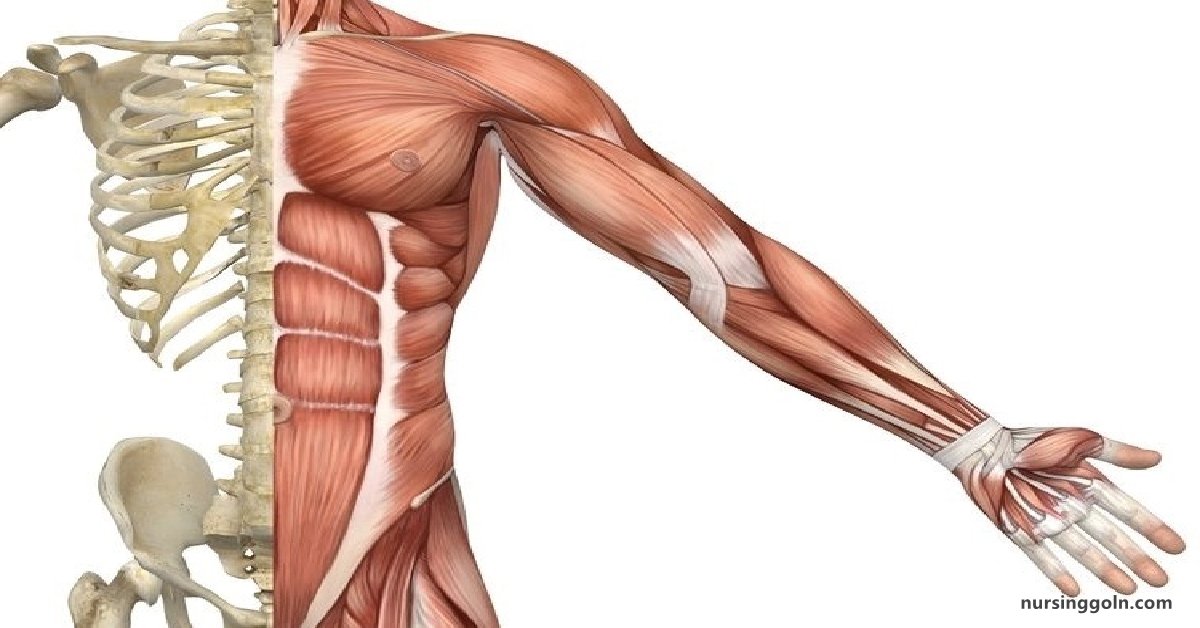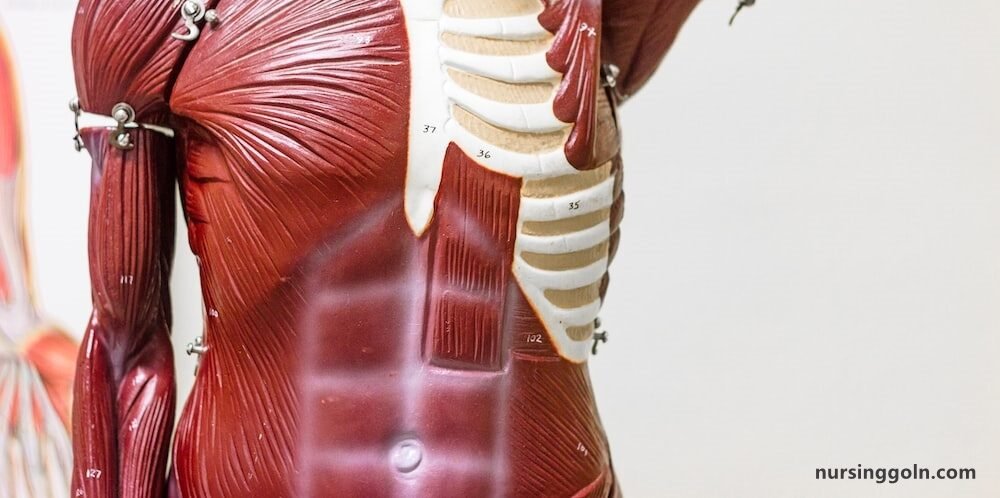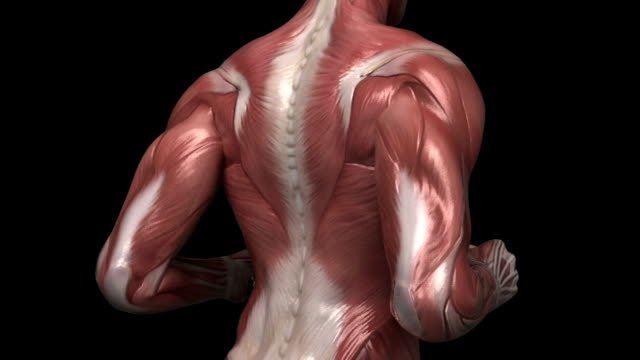Today our topic of discussion is ” Naming Skeletal Muscles “. In the vast realm of the human body, where intricate systems function in harmonious synchrony, the muscular system stands out as a tangible representation of our vitality. Every time we dance, walk, write, or even smile, skeletal muscles play a role. But with over 600 skeletal muscles, how do we distinguish one from another? Enter the fascinating domain of muscle nomenclature. This article elucidates the conventions and criteria that underpin the naming of skeletal muscles.

Naming Skeletal Muscles: The Muscular System
1. Introduction: The Nomenclature Landscape
The naming of skeletal muscles isn’t random. Instead, it reflects a systematic approach, providing clues about a muscle’s location, function, shape, and more. Recognizing these cues allows a deeper understanding of each muscle’s role.
2. Location-Based Naming
Many muscles are named according to their anatomical position:
- Examples:
- Temporalis: Situated on the temporal bone.
- Frontalis: Found on the frontal bone of the skull.

3. Size and Length: Big or Small? Long or Short?
The size and length of a muscle can influence its name:
- Examples:
- Maximus: Refers to a large muscle, as in “gluteus maximus.”
- Minimus: Indicates a smaller muscle, seen in “gluteus minimus.”
- Longus: Denotes a long muscle, such as “adductor longus.”
- Brevis: Signifies a short muscle, like “adductor brevis.”
4. Shape-Driven Names
The morphology or shape of a muscle can also be a naming determinant:
- Examples:
- Deltoid: Named because of its delta or triangular shape.
- Orbicularis: This muscle has a circular shape, as seen in “orbicularis oris” around the mouth.
5. Direction of Muscle Fibers
The orientation of muscle fibers can provide naming clues:
- Examples:
- Rectus: This means straight, indicating fibers running straight, as in “rectus abdominis.”
- Oblique: Refers to fibers that run obliquely or at an angle, such as in “external oblique.”

6. Number of Origins
Muscles with multiple origins often incorporate this feature into their name:
- Examples:
- Biceps: Bi-meaning two. The “biceps brachii” has two origin points on the scapula.
- Triceps: Tri- suggests three. “Triceps brachii” has three origin points.
7. Points of Attachment
Both origin (starting point) and insertion (endpoint) can be factors in a muscle’s name:
- Examples:
- Sternocleidomastoid: Named for its origin on the sternum (sterno-) and clavicle (cleido-) and its insertion on the mastoid process of the temporal bone.

8. Muscle Action: Functional Naming
Many muscles are named based on the primary movement they facilitate:
- Examples:
- Adductor: Muscles that bring limbs closer to the midline.
- Flexor: Muscles involved in flexing a joint, like “flexor carpi” in the wrist.
- Extensor: Muscles that aid in extending a joint.
9. Combinations and Complexities
Often, muscles are named using a combination of the above criteria:
- Example:
- Extensor digitorum longus: This refers to a muscle that helps in extending the digits (fingers or toes), is relatively long, and is located in the extremities.
10. Historical and Unique Nomenclatures
Some muscle names have unique histories or don’t neatly fit the standard criteria. These might be based on certain resemblances, historical figures, or unique features.

Conclusion
Naming skeletal muscles is a blend of science, history, and art. These names, while initially seeming like complex jargon, offer insights into a muscle’s function, appearance, and position. As with learning any language, familiarity and understanding of these naming conventions can lead to a deeper appreciation of the muscular system’s beauty and complexity. So, the next time you stretch your “rectus femoris” or flex your “biceps brachii”, take a moment to ponder the stories and logic embedded in their names.
Read more:
